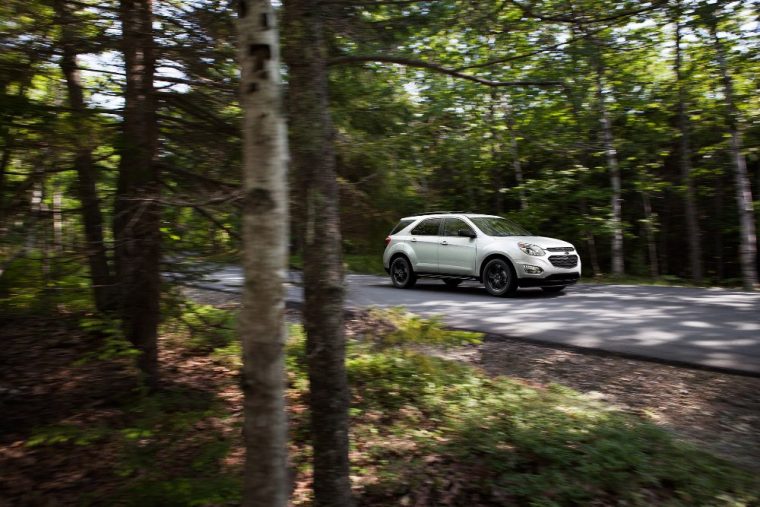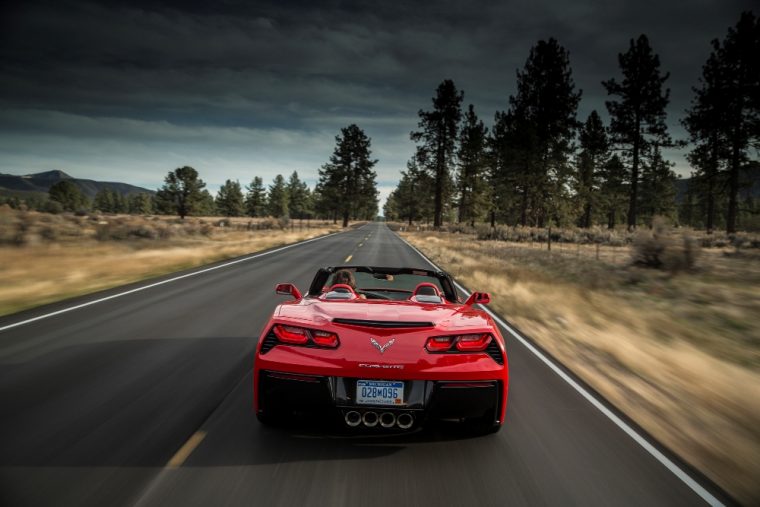3 Myths About Car Colors
While some notions people have about colors are backed by science, others are based in myth. Here are just a few common perceptions about vehicle colors, so you know which ones are rooted in reality.
Trip Prep: Schedule pre-trip maintenance to ensure safer travels this holiday season
 Myth: Some colors of vehicles are less prone to getting into accidents than others
Myth: Some colors of vehicles are less prone to getting into accidents than others
Fact: Select studies have indicated that certain colors of cars have a higher chance of being in a collision than others. For instance, Monash University Accident Research Centre found that white vehicles tended to have fewer accident scenarios. By contrast, black vehicles had a 12-percent higher crash risk than white cars, supposedly to their low visibility in dark driving conditions. Grey and silver had an 11- and 10-percent higher risks, respectively. Blue and red autos had a 7-percent higher risk.
 Myth: Drivers of red vehicles get pulled over more frequently
Myth: Drivers of red vehicles get pulled over more frequently
Fact: This is mostly myth — one that likely originated from the reality that many sports cars come in red hues. Another possible explanation for this notion is that the color red is associated with eliciting an increased heart rate and breathing in those who observe it. So, in a driving context, it’s possible that an owner of a red vehicle might unintentionally speed based on their body’s psychological response to the car’s exterior color.
Myth: Some auto colors are more visible (and, thus, safer) than others
Fact: Visibility definitely plays a role in roadside protection. However, it’s only one factor that contributes to a safe journey. Interestingly enough, a AA Cars survey revealed that 15 percent of people thought yellow was the safest shade of vehicle, due to its excellent visibility. White and red vehicles ranked second and third safest.
Read more about weird car-related notions when you check out this article here. Then uncover the truth about carcare myths here.
Contemporary and Stylish: Meet the Chevy Colorado
News Sources: CarShop, AA Cars, Reader’s Digest, Monash University’s Accident Research Center, Workspace Digital

The News Wheel is a digital auto magazine providing readers with a fresh perspective on the latest car news. We’re located in the heart of America (Dayton, Ohio) and our goal is to deliver an entertaining and informative perspective on what’s trending in the automotive world. See more articles from The News Wheel.


